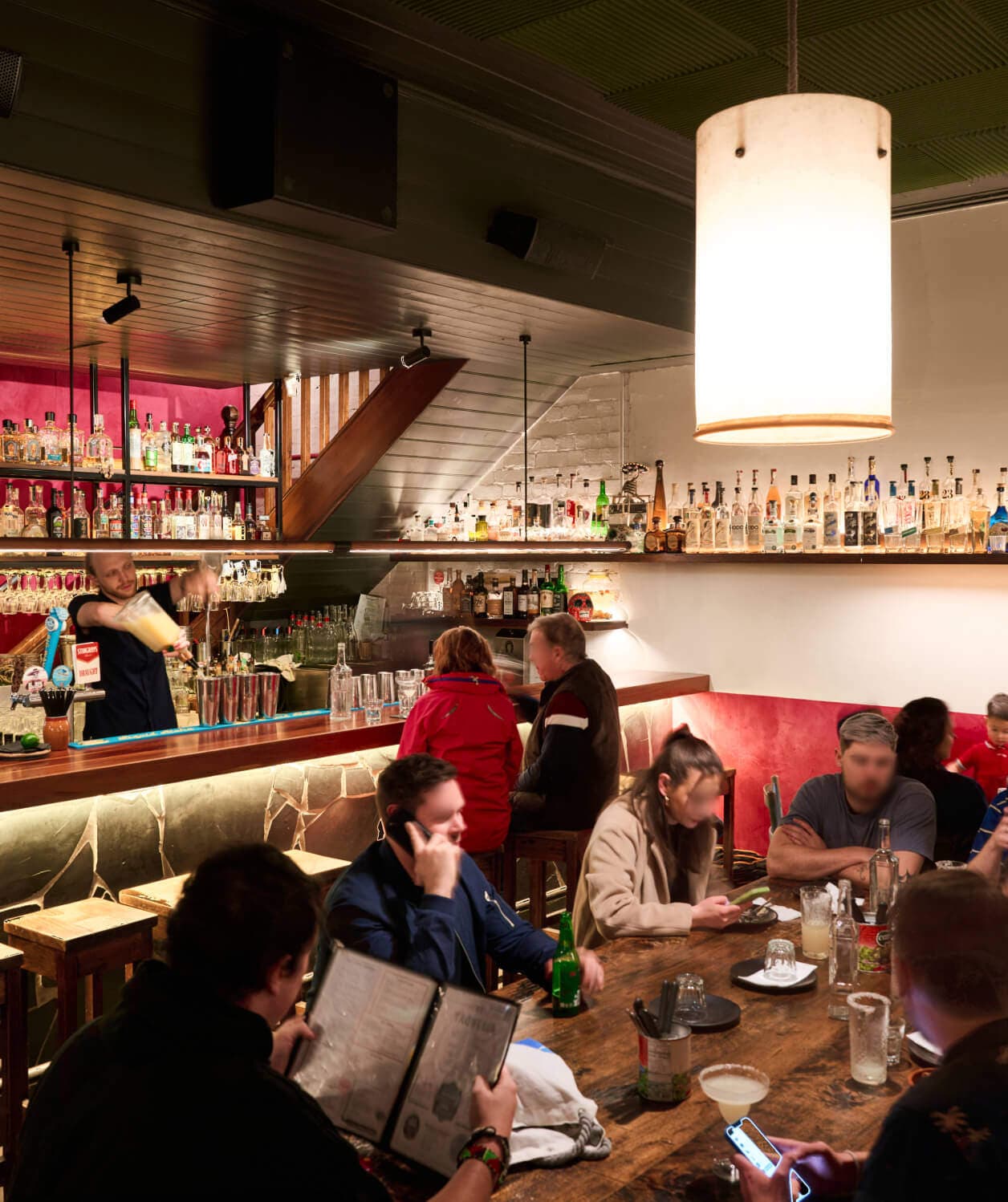
- Business Growth & Optimisation
How the 2021-22 Federal Budget impacts your business
The Federal Government has handed down its 2021-22 Budget, after what has been one of the most expensive policy years in Australian history.
Initial predictions were for a modest budget, yet an impressive economic bounce back, better-than-expected unemployment figures, and general consumer willingness to spend local post-lockdown have all contributed to a rosier outlook. As a result, the 2021-22 Budget contains significant new spending.
What’s now being referred to as “the government’s big cash splash” contains a number of measures, many of which are aimed at driving our national unemployment rate down below 5.5 per cent this year — then dropping below 5 per cent in 2022-23. The Budget also tackles some key areas of concern for business owners, by dropping last year’s failed attempts and extending those policies that did work.
Despite the forecast that COVID-19 related debts will leave the Budget in deficit until at least 2028, the stark reality is that a growth agenda is needed to further support business, boost investment and create jobs. Keep reading to discover what the new measures mean for your business, and how Zeller merchants across Australia believe the Budget will impact their industries. As is the case every year, the devil is in the detail.
Students visa holders can work more hours
In an effort to address the shortage of workers in the tourism and hospitality sectors, student visa holders are now able to work additional hours. The previous cap — limiting student visa holders to working 40 hours a fortnight while they are studying — has been lifted for these hard-hit industries.
With international travel anticipated to be off the cards for a while yet (at least until mid-2022), this is a welcome change that means hiring and retaining staff just got a little easier. Business owners employing student visa holders will have an easier time scheduling staff, and can be more confident investing time and resources into training them.
Temporary visa holders currently working in, or seeking to work in, tourism or hospitality will also be able to apply for the 408 COVID-19 Visa up to 90 days before their existing visa expires — enabling them to remain in the country for another year — in a move that demonstrates the government has heard and understood the pandemic’s impact on these industries. Previously, this option was only open to those working in sectors such as agriculture and aged care.
Extension to low and middle income tax offset
As anticipated, the government has extended the temporary tax cut for low and middle income earners for another year, in a move set to benefit approximately 10 million Australians.
The so-called “lamington” tax offset, which was originally due to end at the end of this financial year, gives low and middle income earners an end-of-financial year rebate of up to $1080 for singles and $2160 for couples. It’s a welcome relief, set to be in place for at least another 12 months.
“A continuation of tax relief will be useful for everyone,” said Gavin Rewell, Director of Sydney-based computer consulting service Not Just Networks.
“We’re all just small cogs in a bigger machine.”
“If you can't afford to fix your computer, you won't call the computer guy, and we won't get any work. But if you have a client who can pay you now, who couldn't pay you before — or if you can buy something you wouldn’t have been able to buy before — that’s a win. And if the medical centre across the road gets some relief, or the local restaurant, we’ll all feel the beneficial impact.”
An extension to JobTrainer
The JobTrainer subsidy, created last year to help boost youth employment, was set to expire in September 2021. However, it’s just been extended until 31 December 2022.
The subsidy, which comes at the cost of $1 billion, allows thousands of Australians to tap into low-fee or free courses in fields such as IT, aged care, childcare, hair and beauty, and hospitality. The full list of available courses will depend on each state’s own TAFE system. To be eligible, students have to either be aged between 16 to 24, be receiving welfare, be unemployed or be expected to be unemployed.
As an employer, you will receive a 50 per cent wage subsidy of up to $28,000 per year for hiring a young person in the scheme.
A digital economy plan
This one’s big — it comes with an overarching vision: "for Australia to be a leading digital economy and society by 2030”. Described as an investment into the settings, infrastructure, and incentives to grow Australia's digital economy, it’s a $1.2 billion dollar package set to benefit the SME and tech communities in a number of ways.
Relevant to business owners might be the government’s commitment to:
improve internet and mobile connectivity in peri-urban areas;
fund increased awareness of business e-invoicing;
review venture capital incentives; and
extend the Digital Solutions — Australian Small Business Advisory Services program.
Depreciation of intangible assets, such as software, designs and intellectual property, has also been introduced — something the small business and tech communities have been requesting for some time. The government introduced a $20,000 instant-asset write-off scheme back in 2015, allowing for depreciation of assets like work vans and cafe kitchens. (This scheme will continue.) However, intangible assets were left out. The times have obviously changed, now the government has firmly set its sights on a digital economy.
“It’s definitely a positive. These are the businesses of the future. It can take 5 years to develop something. Something that is your intellectual property, you should be able to put it into the business and write it off — like other business expenses,” said Peta of Perth’s AI.fusion Consulting.
$250M in regional grants
The government has confirmed it will provide further funding in regional Australia, including $250 million for the Building Better Regions Fund. The fund offers grants from $20,000 up to $10 million to cover 50 per cent or more of the cost of projects that will provide economic and social benefits for regional and remote areas.
Although aimed at assisting council and community organisations, the potential benefits for regional and remote business owners is clear. Where investment is made, tourists typically follow.
Significant savings on childcare costs
The government has committed $1.7 billion to ease out-of-pocket costs for approximately 400,000 working families currently balancing the cost of childcare with the need to work.
Those families with two or more children under the age of five are set to benefit most, with the subsidy increasing to a maximum of 95 per cent from 1 July 2022. On that same date, the current cap on the Child Care Subsidy will be removed — which is a boost for couples with a combined income over $189,390.
This is a targeted measure to make childcare more affordable and increase participation in the workforce. In particular, mum-and-dad businesses juggling long hours could benefit from investigating what these changes mean for their particular circumstances.
Superannuation rises every 1 July
In a move to improve Australia's retirement outcomes, the government has announced that the percentage of an employee’s wage that is contributed to their super account will increase every year. Superannuation will rise 0.5 per cent every year on 1 July until 1 July 2026, when it reaches 12 per cent.
That means in just a few weeks, the first rise will take place.
On 1 July of this year, superannuation will increase from 9.5 per cent to 10 per cent. As an employer, this will undoubtedly mean more paperwork — and perhaps a meeting with your staff to explain where the changes to their payslip have come from.
Changes to excise for distillers
The Budget also includes tax breaks for distillers, which could mean up to $250,000 in savings every year.
Brewers and distillers are currently only able to claim 60 per cent of paid excise, up to $100,000 a year. This limit has now been lifted to $350,000, which means more money stays in business owners’ back pocket to help them fund new projects and expansions — in a very valuable industry, with high growth potential.
$10 billion to bolster infrastructure
The Budget also includes a commitment of $10 billion towards infrastructure projects across Australia, with the aim of making roads safer and reducing travel time. Nearly 20,000 jobs will be supported by the extra funding.
These improvements will play a part in supporting the mobility of tourists as well as locals. By reducing the time it takes to reach a business, the customer base is naturally expanded.
Small but mighty measures
A smattering of smaller budget measures was also announced, none of which are likely to make many headlines when considered in isolation — yet together, indicate the government has been listening to the concerns of small businesses. These measures include:
additional funding for the Australian Small Business and Family Enterprise Ombudsman, with the aim of enabling small businesses to engage in disputes with the tax office outside of the court system; and
the removal of the current exclusion on deductions for the first $250 spent on education courses, for the purpose of giving more business owners (and their staff) further reason to learn.
What did you think of this year’s Budget?
In the weeks leading up to the announcement, there was mounting pressure on the government to move from reactive to proactive reforms. Amongst the small-to-medium business community, some much-needed areas of concern were cemented. It seems the Budget has come some way to alleviating both of these concerns.
Depending on your industry, there could be some changes to put in place off the back of last night’s Budget. For those who employ staff, the superannuation changes might prompt a trip to the accountant for updated paperwork. Working parents may consider reassessing their situations, with the welcome news of the increased childcare subsidy. Or, if you hire staff in the Technical and Further Education fields, you might be prompted to consider helping a new worker out with their first job.
As for whether the Budget will have its intended impact, Rewell puts it well. “Come what may — I just have to soldier on. I think that sums up the way most small business owners are thinking.”
Let us know what you thought of this year’s Federal Budget on Facebook, Instagram, Twitter, or LinkedIn.
To fully prepare your business for the impact of this year’s Federal Budget, schedule time to speak with your accountant or financial advisor. Please note this article is for educational purposes only. Zeller does not accept responsibility for the accuracy of the information presented in this article.



